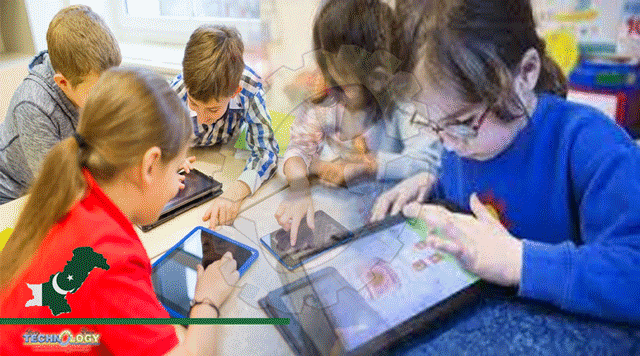The Punjab School Education Department’s (SED) project of “Distribution of tablet PCs (with e-Textbooks)” has been found [somewhat] mismanaged and partially successful by an inquiry committee.

The Punjab government formed a team of the Directorate General Monitoring and Evaluation to evaluate the project.
The project titled “Distribution of tablet PCs (with e-textbooks) to public school students” was introduced in 2017-18 with the objectives of “enable and encourage self-paced learning through interesting content, help at-risk learners access content at any time and provide a basis for regular, timely and effective information sharing”.
The project cost was revised to Rs36.247 million from Rs 56.52m due to variation in the scope. The project was completed at a cost of Rs28.855m with the actual gestation period of 26 months.
The concept of a portable computer was introduced in classrooms for several years resulting in adopting different teaching styles and equipment. The teachers were using the Notebook PC to gather and use a far greater range of materials in the classroom with little distraction. The introduction of the touchscreen tablet PC has brought another dimension to the way technology can be used in classroom.
The tablet PC allowed teachers to deliver lessons, using a number of different stimuli to engage the students in learning. The tablet PC was setting up the entire syllabi in electronic workbooks so that students could access coursework and complete the required tasks effortlessly.
Under the project, 2,550 tablet PCs were distributed in 30 schools, 10 each from north, south and central regions in three selected districts.
The tablets were given to students from grade VI to IX in 24 schools (1,920 PCs). In the remaining six schools, 480 tablets were used by students within schools. In addition, 120 tablet PCs were given to science teachers in selected schools, 30 to headmasters for reporting and monitoring data.
The report’s major observations include: above average students perform better through the use of E-Learn content but no change was observed in the improvement of average and below average students.
Some other observations were also made – most of the tablets PCs were found broken, regular assessments were not planned and taken between the baseline and end-line assessment test and details of training and trainees were not shared. The tablets were not locked to use for educational purpose alone. Content of another project “E-Learn” was used in this plan. Content for this project was not developed and only tablets were distributed and teachers were trained in selected schools.
The observation also includes that the department would need to justify the requirement of human resource on this project and expenditure of Rs 9.7m. The distribution of tablets to public schools is not a cost-effective solution in countries like Pakistan where millions of students are not attending schools. Also this intervention is not efficient in terms of making a significant effect on the performance of the students. The project highlighted that it is early to scale up this kind of intervention at mass level.
The committee also recommended that the tablets should be locked so that students could use it for educational purpose alone; secondly, the tablets should be handed over to students with proper covers and instructed to handle carefully, digital classrooms should be developed making it cost effective and efficient from learning point of view.
Source: Dawn